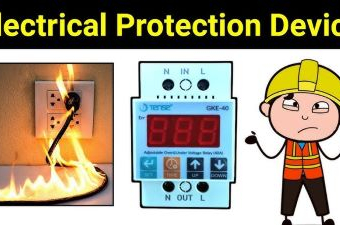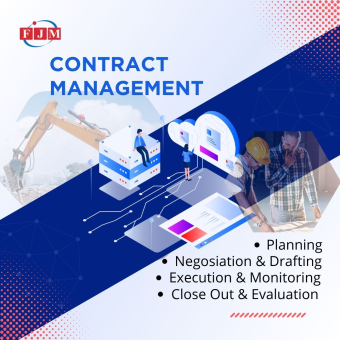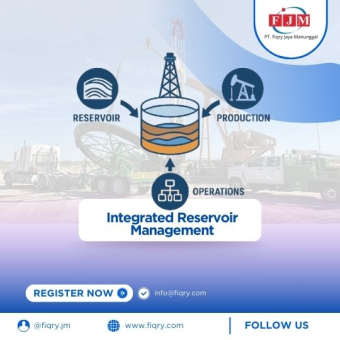- Selamat datang di website PT Fiqry Jaya Manunggal. Semoga anda senantiasa sehat afiat. Kami siap melayani anda
Understanding Tribology
The Science of Friction, Wear, and Lubrication
Introduction to Tribology
Tribology, a branch of engineering and science, is the study of friction, wear, and lubrication. It plays a critical role in modern industries by improving machinery efficiency, reducing energy consumption, and enhancing durability. The term “tribology” is derived from the Greek word “tribos,” meaning “rubbing,” combined with “-logy,” signifying “the study of.”
Tribology is a multidisciplinary field, blending physics, chemistry, materials science, and mechanical engineering to address real-world challenges. From industrial machinery to everyday objects, tribology is central to improving performance and sustainability.
Friction: A Double-Edged Sword
Friction is the resistance encountered when two surfaces slide or move against each other. While it is sometimes seen as a hindrance due to the energy it dissipates, friction is also necessary in many contexts.
- High Friction Applications: Friction is indispensable for processes like walking, gripping objects, or the operation of brakes and clutches. For example, the friction between a car’s tires and the road ensures safety by preventing skidding.
- Low Friction Applications: Conversely, minimizing friction is critical for components like engines, bearings, and watches, where smooth, efficient movement is required to reduce wear and conserve energy.
Understanding the principles of friction enables engineers to design systems that balance efficiency and functionality, ensuring both reliability and energy conservation.
Wear: The Unseen Cost of Movement
Wear is the gradual removal of material from a surface due to mechanical action, such as sliding, rolling, or impact. It is an inevitable process but can be managed to minimize damage and extend the life of components.
Common examples of wear include:
- Coins losing their engravings due to frequent handling.
- Pencils wearing down through repeated writing.
- Rail tracks degrading from the constant passage of trains.
The study of wear involves identifying the underlying mechanisms, such as abrasion, adhesion, fatigue, and corrosion. Innovations in wear-resistant materials and coatings have significantly reduced the impact of wear, improving the lifespan and reliability of equipment across industries.
Lubrication: Reducing Friction and Wear
Lubrication is the process of applying a substance, such as oil or grease, between moving surfaces to reduce friction and wear. This practice has been used for thousands of years, with ancient Egyptians employing lubricants to move heavy stone blocks.
Today, lubrication is far more advanced, focusing on optimizing machinery performance and extending operational life. Effective lubrication achieves the following:
- Minimized Wear: By reducing the direct contact between surfaces, lubrication prevents excessive material loss and damage.
- Improved Efficiency: Lubricants allow components to move smoothly, reducing energy loss and heat generation.
- Extended Maintenance Intervals: High-quality lubrication reduces the frequency of maintenance, lowering operational costs.
Modern tribologists analyze and develop lubricants using sophisticated techniques like spectroscopy and ferrography, ensuring optimal performance for various applications.
Applications of Tribology in Modern Industry
Tribology has a profound impact on multiple sectors, including:
- Automotive: Reducing engine friction to enhance fuel efficiency and minimize emissions.
- Manufacturing: Ensuring smooth operation of machines to prevent costly downtimes.
- Aerospace: Developing lightweight, durable materials and lubricants for high-performance systems.
- Energy: Optimizing wind turbines, hydropower systems, and other renewable energy technologies.
The Future of Tribology
As industries strive to reduce environmental impact, tribology offers innovative solutions for energy conservation and sustainability. By improving material design and developing advanced lubricants, tribologists are enabling greener, more efficient systems.
For example, in electric vehicles (EVs), minimizing friction in drivetrains can extend battery life and increase range. Similarly, in renewable energy systems, reducing wear in wind turbine gears ensures long-term reliability and performance.
Conclusion
Tribology is a cornerstone of modern engineering, transforming the way industries approach machinery efficiency, energy conservation, and durability. By mastering the principles of friction, wear, and lubrication, engineers can design systems that are not only high-performing but also sustainable.
The field of tribology continues to evolve, offering new insights and technologies to address the challenges of a rapidly changing world. Whether in the automotive, manufacturing, or energy sectors, the impact of tribology is undeniable, making it an essential area of study for innovation and progress.
Understanding Tribology
Ayo Sambut Lailatul Qadar
Diposting oleh adminBismillahirrahmanirrahim Assalamu’alaikum warahmatullahi wabarakatuh. Ayo kita sambut Lailatul Qadar Alhamdulillah, segala puji bagi Allah yang semoga senantiasa memberikan kita kesehatan dan kesempatan untuk bertemu dengan bulan suci Ramadhan. Salawat dan salam semoga senantiasa tercurah kepada Nabi Muhammad SAW, keluarga, sahabat, dan umatnya hingga akhir zaman. Pembaca yang dirahmati oleh Allah, Sebagaimana kita ketahui, bulan Ramadhan…
SelengkapnyaElectrical Safety Devices in Households
Diposting oleh adminElectrical Safety Devices in Households Electrical safety devices play a crucial role in protecting homes from hazards such as electric shocks, fires, and damage to appliances. Despite the reliability of modern electrical systems, faults can occur due to various factors like overloading, faulty wiring, or environmental influences such as moisture. Safety devices are essential to…
SelengkapnyaManajemen Spare Part
Diposting oleh adminManajemen Spare Part: Kunci Kelancaran Operasi dan Efisiensi Biaya Dalam dunia industri, keberlangsungan operasional sangat bergantung pada ketersediaan dan kondisi peralatan. Kerusakan mesin yang terjadi tanpa peringatan dapat menyebabkan downtime, menghambat produksi, dan menimbulkan kerugian besar. Di sinilah manajemen spare part berperan penting sebagai bagian dari strategi pemeliharaan (maintenance) yang efektif. Spare part yang dikelola…
SelengkapnyaPlugin AI Power di WordPress
Diposting oleh adminApa Itu Plugin AI Power di WordPress? Plugin AI Power adalah alat canggih untuk mengoptimalkan konten Anda menggunakan teknologi kecerdasan buatan. Dengan plugin ini, Anda bisa menciptakan artikel yang lebih relevan dan menarik. Langkah Pertama: Instalasi Plugin AI Power Buka dashboard WordPress Anda. Pilih menu Plugins dan klik Add New. Cari “AI Power” di kolom…
SelengkapnyaMTTR vs MTBF
Diposting oleh adminMTTR vs MTBF: Indikator yang Harus Dikuasai dalam Manajemen Maintenance Dalam dunia pemeliharaan (maintenance), keberhasilan strategi perawatan tidak hanya bergantung pada seberapa sering mesin diperiksa atau berapa banyak teknisi yang tersedia. Lebih dari itu, manajemen maintenance yang efektif memerlukan pemahaman mendalam terhadap indikator kinerja. Dua indikator utama yang sering digunakan dalam analisis performa peralatan adalah…
SelengkapnyaManajemen Kontrak Bisnis
Diposting oleh Teguh Imam SantosoTantangan dalam Manajemen Kontrak Beberapa tantangan umum yang dihadapi dalam manajemen kontrak bisnis meliputi: Kurangnya koordinasi antar tim: Tim legal, operasional, dan keuangan sering bekerja dalam silo. Era digital terkadang membuat team justru kurang dalam hal koordinasi Dokumentasi yang tidak rapi: Kontrak atau dokumen pendukung sering tercecer dan tidak terdigitalisasi. Misalnya bukti pengiriman dan atau…
Selengkapnya












Mohon maaf, form komentar dinonaktifkan pada halaman ini.